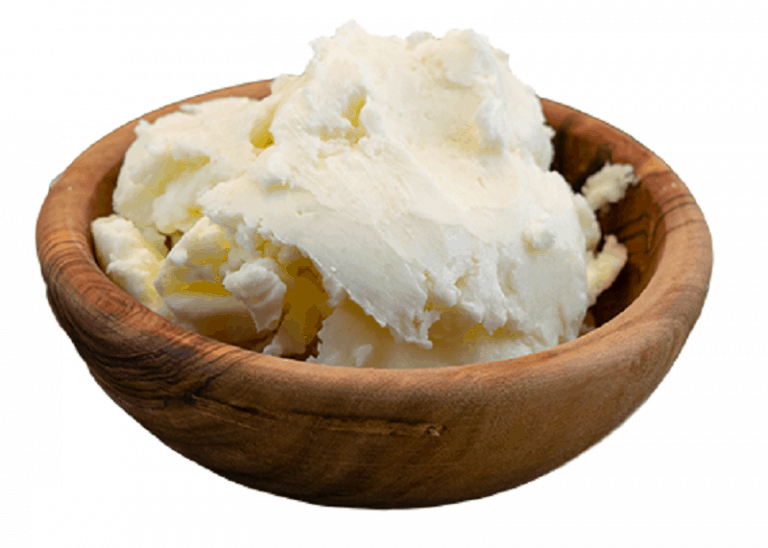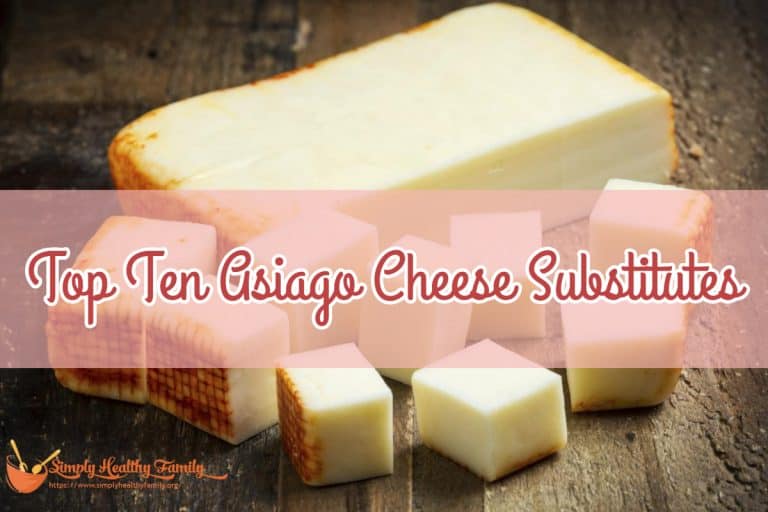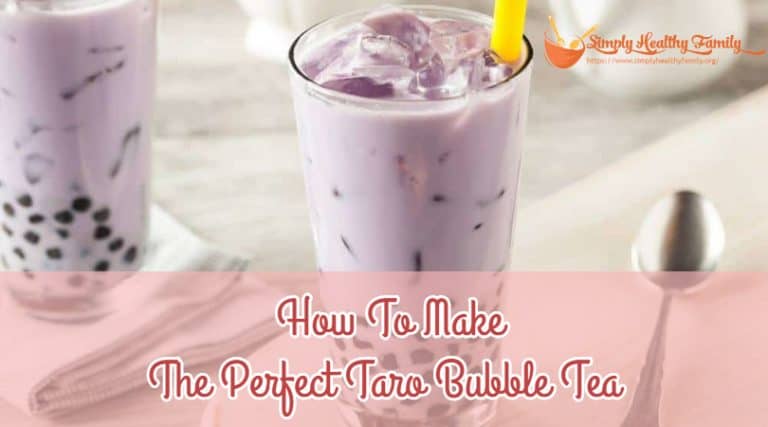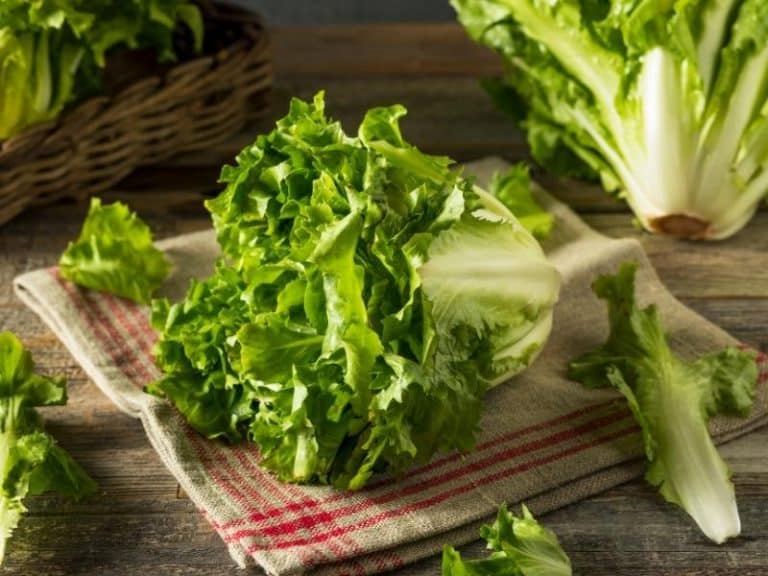Substitutes for Orange Juice [15+ Alternatives]
Orange juice is fresh juice squeezed from oranges. Orange juice is a popular beverage used in baking, marinades, and cocktails.
Good substitutes for orange juice are foods that have the same sharp, tangy flavor as orange juice. Citrus products are the best alternatives to orange juice for this reason.
Best Orange Juice Substitute: Orange Concentrate

The best substitute for orange juice is orange concentrate. Orange concentrate is processed differently from orange juice — orange concentrate is made from evaporated fruit, while orange juice is the juice squeezed from the fruit. However, because both products are derived from oranges, their flavors are almost identical.
To use orange concentrate in place of orange juice, follow the product’s instructions to dilute the orange concentrate with water. Use equal parts diluted orange concentrate to orange juice to ensure the right amount of liquid is added to the dish.
Other Orange Juice Substitutes, Alternatives, and Replacements
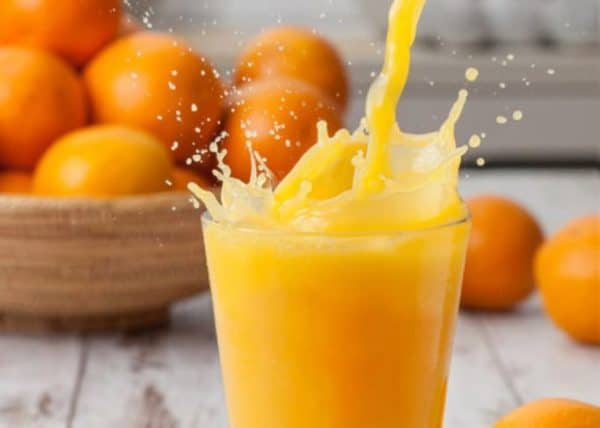
Below is a list of foods you can use in place of orange juice.
Orange-Flavored Substitutes
Orange Extract
Orange extract is highly concentrated orange juice mixed with an alcohol base. Orange extract adds strong flavors to bakes, beverages, and sauces, and, when used sparingly, tastes the same as orange juice.
Because orange extract is highly concentrated, only a small amount is needed in place of orange juice. Swap 2 drops of orange extract for ½ cup orange juice. Taste and add another drop of orange extract to intensify the flavor, if necessary. Dilute the orange extract with water if more liquid is needed in the recipe.
Grand Marnier Cordon Rouge
Grand Marnier is a French orange-flavored liqueur that can be used to replace orange juice in marinade and sauce recipes.
Although Grand Marnier has a citrus flavor, the liqueur isn’t as strong as orange juice, and has an alcoholic bite that you don’t find in orange juice. Use 1.5 parts Grand Marnier for every 1 part orange juice. Simmer the sauce or marinade for 30 minutes to reduce the alcohol if preferred.
Freshly-Squeezed Oranges
If you don’t have store-bought orange juice, but you do have fresh oranges, mandarins, clementines, or tangerines, make your own freshly-squeezed juice as an orange juice substitute.
Freshly-squeezed citrus juice is healthier than many commercial orange juices because it doesn’t contain preservatives or added sugars. Both juices have a similar sweetness and acidity. Use freshly-squeezed juice as a 1:1 substitute for orange juice in sauces, soups, smoothies, salad dressings, and bakes.
Orange Marmalade
Orange marmalade is a fruit preserve made from a combination of orange juice and peel, sugar, and water. Orange marmalade has a sweet, slightly bitter flavor that matches the flavor of orange juice.
Use orange marmalade as an orange juice substitute in sauces, dips, and marinades. Orange marmalade is sweeter than orange juice, so use 1 part orange marmalade for every 1.5 parts orange juice. For sauces that require the acidity of orange juice, add one teaspoon of lemon juice or vinegar to the sauce to balance out the marmalade’s sweetness.
Orange Zest
Orange zest is the orange-colored outside portion of orange peel. Orange zest has a strong citrus flavor that makes it a popular ingredient in orange-flavored cakes and cookies.
Orange zest has a tangier, more bitter flavor than orange juice, making it a good choice for recipes that don’t require much sweetness, or that get their sweetness from other ingredients. Because orange zest is a dry ingredient, it works best in recipes that don’t rely on the liquid of orange juice.
Use one teaspoon of orange zest for every 2 tablespoons of orange juice. Use a grater or a zester to zest an orange, being careful to only zest the orange outer layer of the skin, not the white, bitter rind.
Orange-Flavored Soda
Orange-flavored sodas, like orange Fanta, provide a similar sweet, tangy orange flavor as orange juice, with added carbonation. Orange sodas add citrus flavors to drinks and desserts and give cakes a light, fluffy texture.
Orange soda works well as an orange juice replacement in drinks and desserts. Replace equal parts orange juice with orange soda. Because of orange soda’s high sugar content, only use this ingredient when less than ½ cup of orange juice is required.
Citrus-Flavored Substitutes

The substitutes below offer a citrus flavor that is similar to the flavor of orange juice:
Lemon Juice
Lemon juice is another citrus juice, delivering similar sharp, tangy flavor notes to orange juice. Fresh lemon juice is the best alternative to orange juice, but lemon juice concentrate can also be used if fresh lemon juice isn’t available.
Use lemon juice in place of orange juice in citrus desserts, tangy sauces and marinades, and cocktails. Use equal parts lemon juice to orange juice.
Lemon Zest
If you don’t have oranges on hand, lemon zest is another tangy, acidic ingredient that provides a citrus flavor in bakes, sauces, soups, dressings, and marinades.
Use 1 teaspoon of lemon zest for every 2 tablespoons of orange juice, making sure to only zest the yellow outer layer of the skin, not the bitter, white rind beneath the skin.
Meyer Lemon
The Meyer lemon is a hybrid fruit that’s a cross between a lemon and a mandarin. Meyer lemons are sweeter than regular lemons and provide a fragrant, acidic flavor that’s similar to the flavor of orange juice.
The floral, subtly spicy flavor of Meyer lemons makes them a unique orange juice substitute in desserts and cocktails. Use 1 tablespoon of fresh-squeezed Meyer lemon juice in place of 1 tablespoon of orange juice.
Lemonade
If you don’t have access to pure lemon juice, lemonade is a good alternative to use in sauces and bakes. Although lemonade is sweetened and diluted with water, it provides a similar acidity and citrus flavor to orange juice.
Use 1 part lemonade for 1 part orange juice in sauces, bakes, and marinades. Lemonade contains more sugar than orange juice, so reduce the amount of additional sugar used in the recipe by one third.
Pineapple Juice
Pineapple juice is a liquid made from the pulp of pineapple. Like orange juice, pineapple juice is sweet and naturally acidic, so you can use pineapple juice as an orange juice substitute without making any changes.
Use equal parts pineapple juice to orange juice as originally called for in recipes for bakes, sauces, salad dressings, soups, and marinades.
Grapefruit Juice
Grapefruit juice is a tropical citrus juice squeezed from grapefruit. Like orange juice, grapefruit juice combines sweet and sour flavor notes, but grapefruit juice is sourer than orange juice.
Acidic Substitutes

The following substitutes offer a similar tartness and acidity to orange juice, without the citrus flavor:
Citric acid
Citric acid is a colorless organic acid found naturally in citrus fruits. Citric acid is commonly used in baking to add a sour or acidic taste to food, or as a natural preservative.
Although citric acid doesn’t have an orange flavor, it works well in recipes that require acidity, like sourdough bread, jam, and tangy cakes, tarts, and cookies. As a leavening agent, citric acid helps muffins, cakes, and banana breads to rise. Use 1 teaspoon of citric acid for every ½ cup of lemon juice.
Coca-Cola
Coca-Cola is an acidic soft drink with a pH of about 2.3. While Coca-Cola doesn’t have a strong citrus flavor, citrus oils are a common ingredient in the beverage.
Coca-Cola works best in dishes that don’t require an orange flavor, but require acidity. The carbonation in Coca-Cola gives cakes a light, fluffy texture. Replace equal parts orange juice with Coca-Cola in bakes and desserts. To avoid too much sweetness from Coca-Cola’s high sugar content, halve the amount of sugar required in the recipe.
Vinegar
Vinegar is an acidic, sour substance made from acetic acid and trace compounds. There are several types of vinegar available today, and the best orange juice replacements are high-quality balsamic vinegar, white wine vinegar, and apple cider vinegar.
Use vinegar as an orange juice substitute in marinades, soups, sauces, and chutneys. Use 2 tablespoons of vinegar for every ½ cup orange juice required. Balance out the acidity with a teaspoon of sugar or agave syrup. Add a splash of water if more liquid is required.
Tamarind Paste and Water
Tamarind paste is a sour paste made from the tamarind fruit. Tamarind paste is a popular ingredient in Asian cooking and adds a subtle sour flavor to noodle dishes, soups, curries, and sauces. Because of its bitter flavor, tamarind paste is a good orange juice substitute in savory sauces and marinades.
Combine equal parts tamarind paste and water, and use this mix as a 1:1 substitute for orange juice. Taste and add a sprinkle of sugar or a dash of agave sweetener if necessary.


